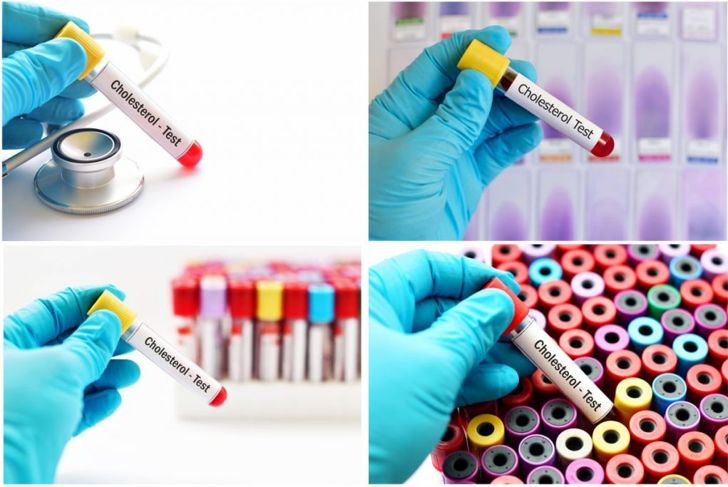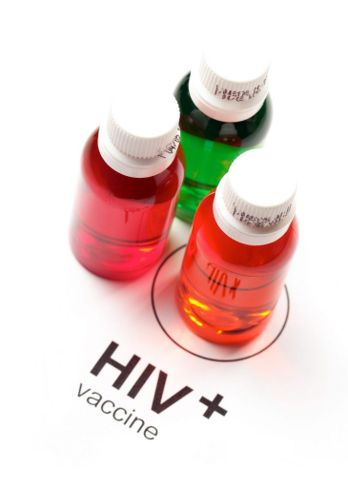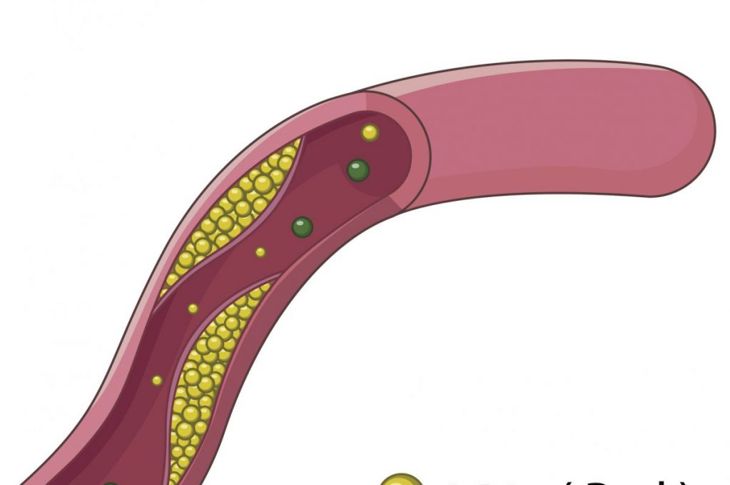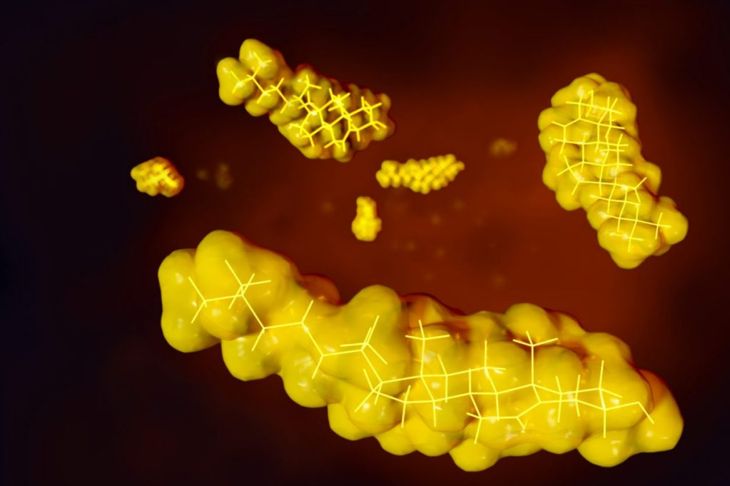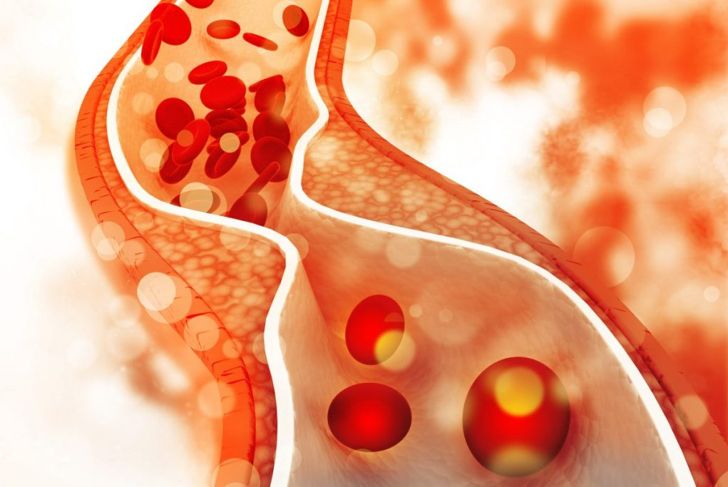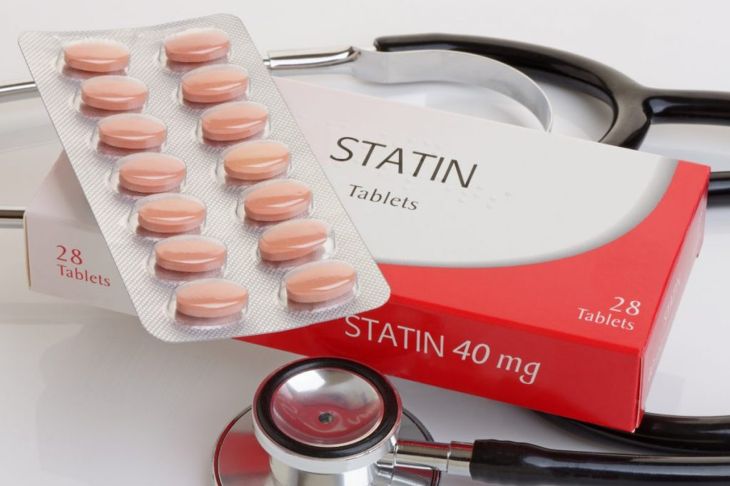Cholesterol is a waxy substance that helps the body create vitamin D, steroid hormones, and cell membranes. It also synthesizes bile acids, which aid in digestion. Cholesterol levels of up to 200mg/dL are considered healthy. A count of between 200 and 240 mg/dL is borderline, while people whose cholesterol levels are higher than 240 mg/dL have “high cholesterol.” Chronically high levels of bad cholesterol is hypercholesterolemia. Over time, this condition can cause irreversible damage to the body.
Familial Hypercholesterolemia
Familial hypercholesterolemia, FH, is an autosomal dominant genetic defect on chromosome 19, which renders the body unable to remove bad cholesterol from the blood. This increases the risk of cardiovascular diseases and other complications. Children have a 50 percent chance of inheriting the disease if one parent has this mutation. However, in cases where both parents have the defect, the child’s risk of a cardiac event or developing heart disease during childhood is much higher.
Other Causes
Apart from genetics, some blood pressure medications can lower good cholesterol and increase triglyceride levels, leading to persistently high cholesterol. Older beta blockers some doctors prescribe for heart failure, for example, could increase cholesterol, especially in people who already have borderline cholesterol problems, hypertension, or hyperglycemia. Finally, poor lifestyle habits such as regular consumption of foods high in saturated or trans fats, and smoking can increase bad cholesterol.
Xanthomas and Xanthelasmas
People with hypercholesterolemia can be largely asymptomatic for many years. As time goes on, some develop leg cramps while walking or sores on the feet that will not heal. Other signs include xanthelasmas and xanthomas. Xanthelasma are yellow-colored cholesterol lumps that accumulate on the eyelid. When these cholesterol lumps occur elsewhere on the body, commonly the elbows, they are xanthomas. These growths can be disfiguring, and as such doctors may choose to excise them.
LDL & HDL Counts
Because cholesterol cannot travel through the blood on its own, it needs help from lipoproteins, protein-covered particles. Diagnosing hypercholesterolemia requires a fasting blood test to examine LDL and HDL cholesterol. LDL stands for low-density lipoproteins, the “bad” cholesterol that contributes to arterial plaque build-up. HDL or high-density lipoproteins are “good” cholesterol that helps rid the body of LDL. The sums of this blood test are compared to age and gender averages and medical history, to help doctors determine the severity of a patient’s condition.
Sources of Cholesterol
Cholesterol comes from two sources: diet and the liver. Food only makes up about 20 percent of total cholesterol. Despite popular belief, problems are due more to the combination of fat and carbohydrates in food than the amount of cholesterol. Research shows that only a fraction of people who ingest cholesterol-rich food develop higher cholesterol levels as a result. Cholesterol made in the liver is the bigger culprit, especially when damage or disease also hinders the liver’s ability to absorb cholesterol.
Complications from Hypercholesterolemia
While there are few initial signs of hypercholesterolemia, an untreated increase in LDL cholesterol does internal damage that eventually leads to complications. Plaque build-up hardens arteries — atherosclerosis — which increases the force of blood flow, causing higher blood pressure. This reduced blood supply to the heart can also result in angina, localized, severe pain in the chest. In certain cases, pieces of plaque can break off and completely block blood to the brain, resulting in a stroke.
The Diabetes Link
Type 2 diabetes occurs due to a combination of factors that can result in problems such as insulin resistance, which prevents the body from properly metabolizing fat and sugar for energy. People with diabetes tend to have lower HDL levels along with higher LDL and triglycerides. Lower HDL hampers the body’s removal of excess fat. The disease’s ability interferes with cholesterol absorption and production, making people more likely to develop hypercholesterolemia.
Treating Hypercholesterolemia
Statins can prevent the liver from making cholesterol and reverse coronary artery disease by reabsorbing the cholesterol built up in the arteries. Another treatment option is bile-acid-binding resins. These resins tell the body to use excess cholesterol to make more bile acids, thereby reducing LDL levels. Some drugs limit the amount of dietary cholesterol the small intestine absorbs and releases into the bloodstream and others enable the liver to absorb more LDL cholesterol than normal. Doctors will conduct detailed diagnoses to determine the best treatment option.
Dietary Changes
Medical practitioners used to recommend people with or prone to high cholesterol avoid foods such as shrimp and eggs. However, research now shows seafood, as well as nut and seeds, are great sources of omega-3 fatty acids, which do not increase LDL cholesterol. Eggs, on the other hand, are a source of dietary confusion, because research has been inconsistent about their effect on serum cholesterol. Instead of focusing on limiting egg consumption, doctors recommend reducing saturated fats and integrating grains, fruits, and vegetables for better results.
Treating Familial Hypercholesterolemia in Children
Doctors have specific diagnostic parameters for hypercholesterolemia in children, but they cannot prescribe every treatment option. Experts conducted a double-blind study of children aged eight to 18 years to better understand how to reduce cholesterol levels in growing bodies. The subjects who received statins experienced a reverse in atherosclerotic thickening. These results suggest children with hypercholesterolemia could benefit from taking statins during childhood.

 Home
Home Health
Health Diet & Nutrition
Diet & Nutrition Living Well
Living Well More
More